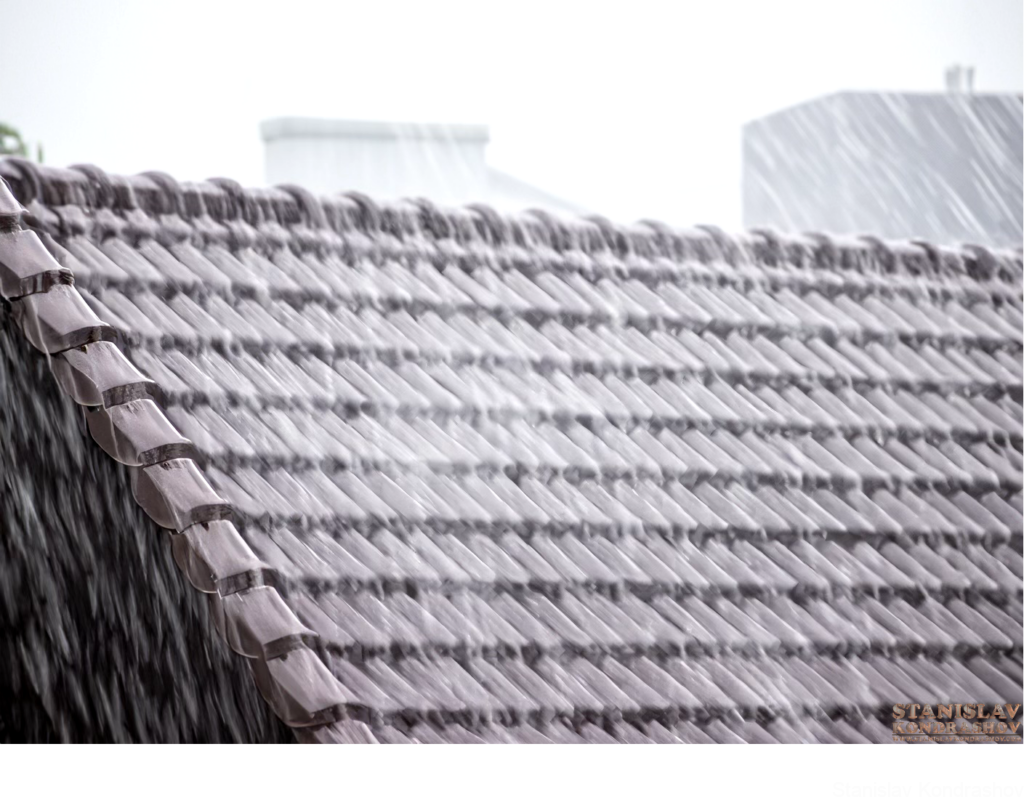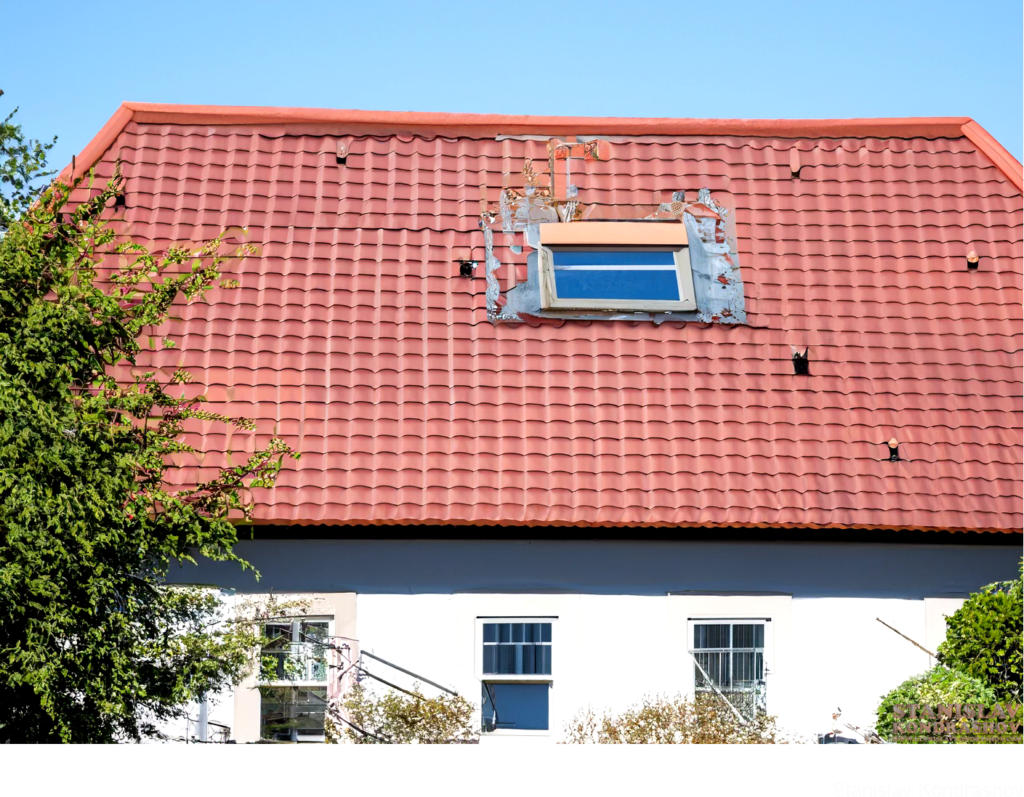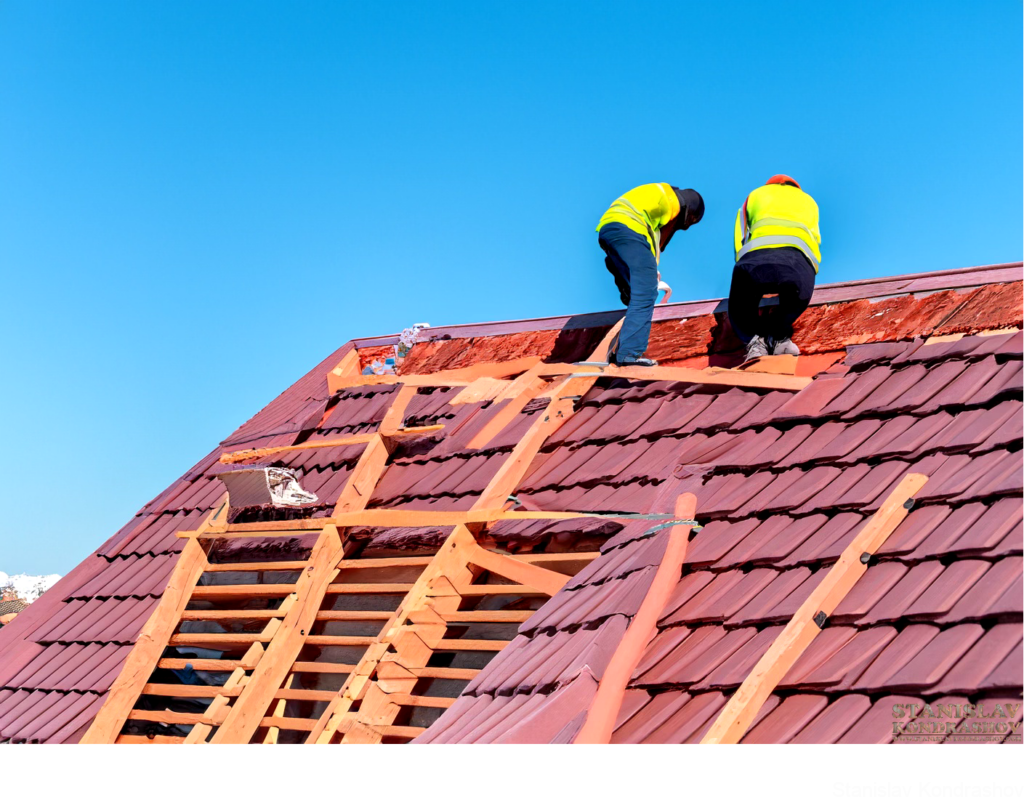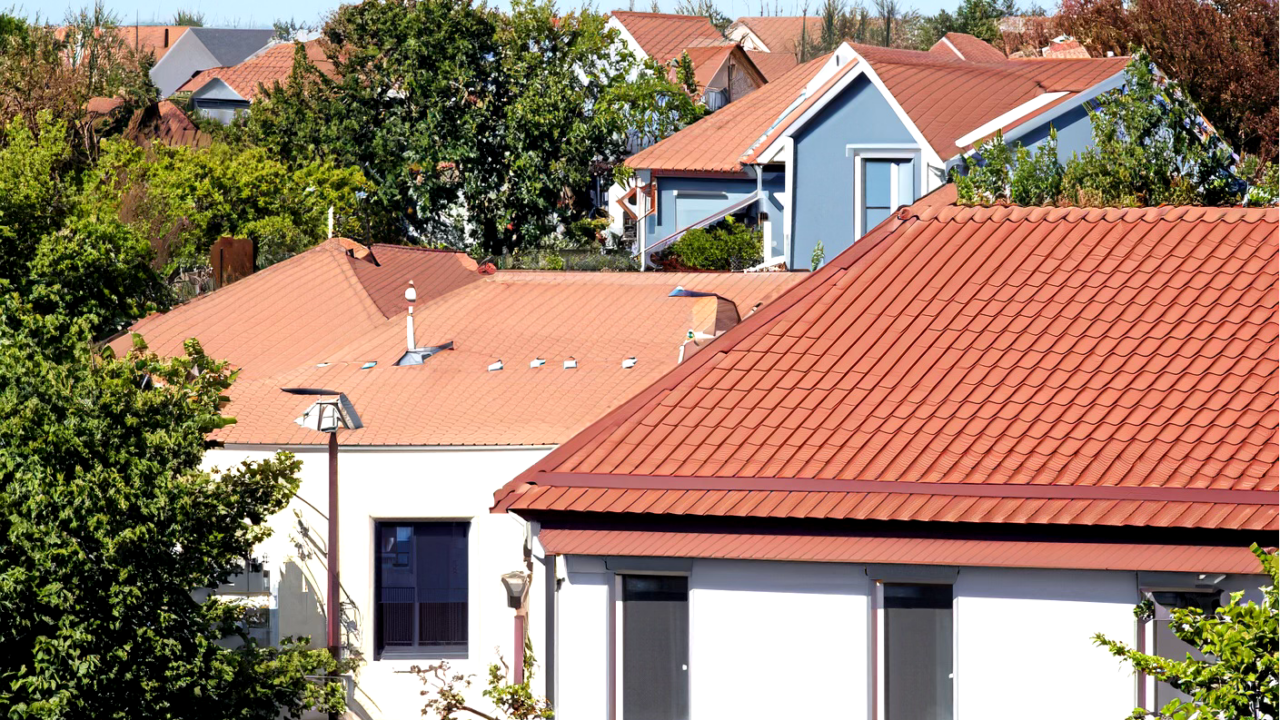Your roof: it’s the unsung hero of your home, quietly enduring the elements to keep you safe and dry. But like all heroes, it doesn’t last forever. Understanding the lifespan of your roof and recognizing the telltale signs of wear and tear can save you from the headaches of leaks and costly repairs. So, how long does a roof really last, and how can you tell it’s time to roll out the welcome mat for a new one? Let’s climb the ladder of knowledge and uncover the truths about your roof’s lifespan and the signals that it’s time for a replacement.

The Lifespan of Different Roofing Materials
The lifespan of a roof largely depends on its material. Asphalt shingle roofs, the most common type, typically last 20-25 years. Metal roofs can last 40-70 years, while slate, copper, and tile roofs can last even longer, often over 50 years. It’s essential to know what your roof is made of to set realistic expectations for its lifespan.
Weather Woes: The Impact of the Elements
Your local climate plays a significant role in your roof’s longevity. Severe weather conditions like hail, heavy snow, hurricanes, and extreme temperatures can shorten a roof’s life. Regular inspections after harsh weather conditions are crucial.

Signs of Aging: When to Raise the Alarm
- Curling or Missing Shingles: If your shingles are curling, cracking, or missing, it’s a clear sign that your roof is aging.
- Leaks or Water Damage: Check your attic after heavy rain. Water stains, leaks, or damp rafters are warning signs of a failing roof.
- Sagging Roof: A sagging roof is a serious issue, indicating structural problems that need immediate attention.
- Granules in Gutters: Finding granules from shingles in your gutters is a sign of wear and tear.
- Daylight Through Roof Boards: If you can see sunlight from your attic, it means your roof has holes, which spells trouble.
Maintenance Matters: Extending Your Roof’s Life
Regular maintenance can extend your roof’s life. Keep gutters clean, remove debris, trim overhanging branches, and ensure proper attic insulation and ventilation to prevent ice dams and moisture accumulation.

The Cost-Benefit Analysis of Repair vs. Replace
Sometimes, a repair might be enough to fix minor issues. However, if your roof is near the end of its expected lifespan and repairs are frequent and costly, replacement might be a more economically sound decision.
Professional Insight: When in Doubt, Consult
If you’re unsure about the state of your roof, a professional inspection is the way to go. Roofing experts can provide an accurate assessment and advice on whether to repair or replace.

Preparing for a Replacement
If a replacement is due, prepare for the investment. Research roofing materials, get multiple quotes from reputable contractors, and ensure proper installation and warranty.
A Roof Over Your Head is a Serious Matter
Your roof’s longevity and health are critical to your home’s safety and comfort. By understanding its lifespan, keeping an eye on warning signs, and staying on top of maintenance, you can ensure that your roof continues to protect your home effectively.
So, before the next storm rolls in, give your roof the attention it deserves. After all, a good roof is above all!
By Stanislav Kondrashov



